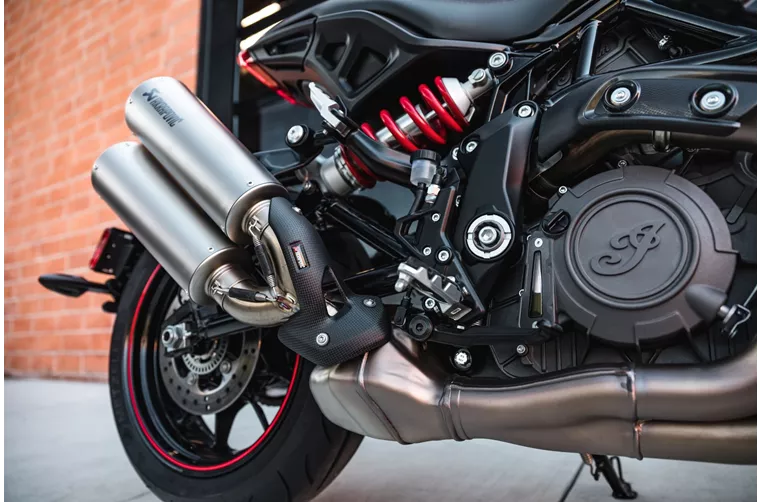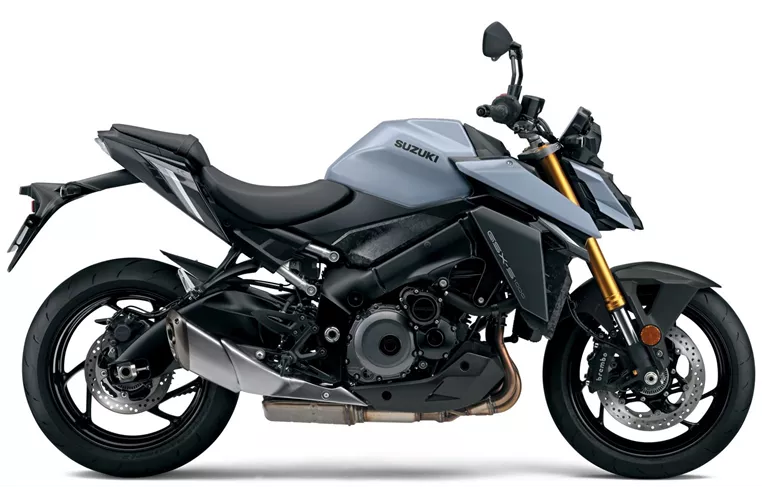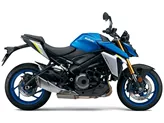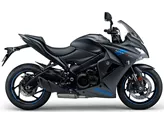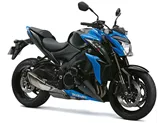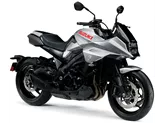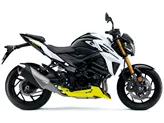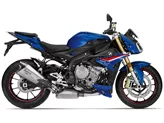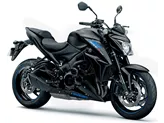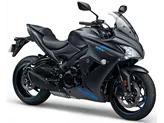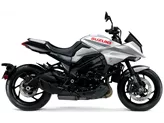Indian FTR S 2021 vs. Suzuki GSX-S1000 2022
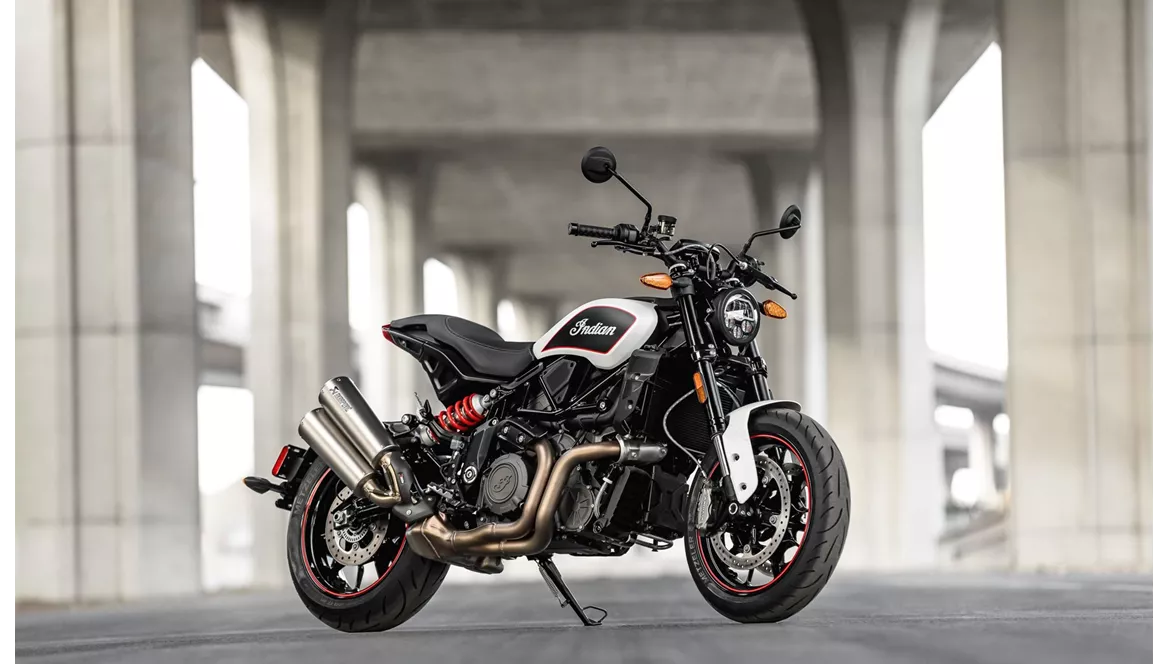
Indian FTR S 2021
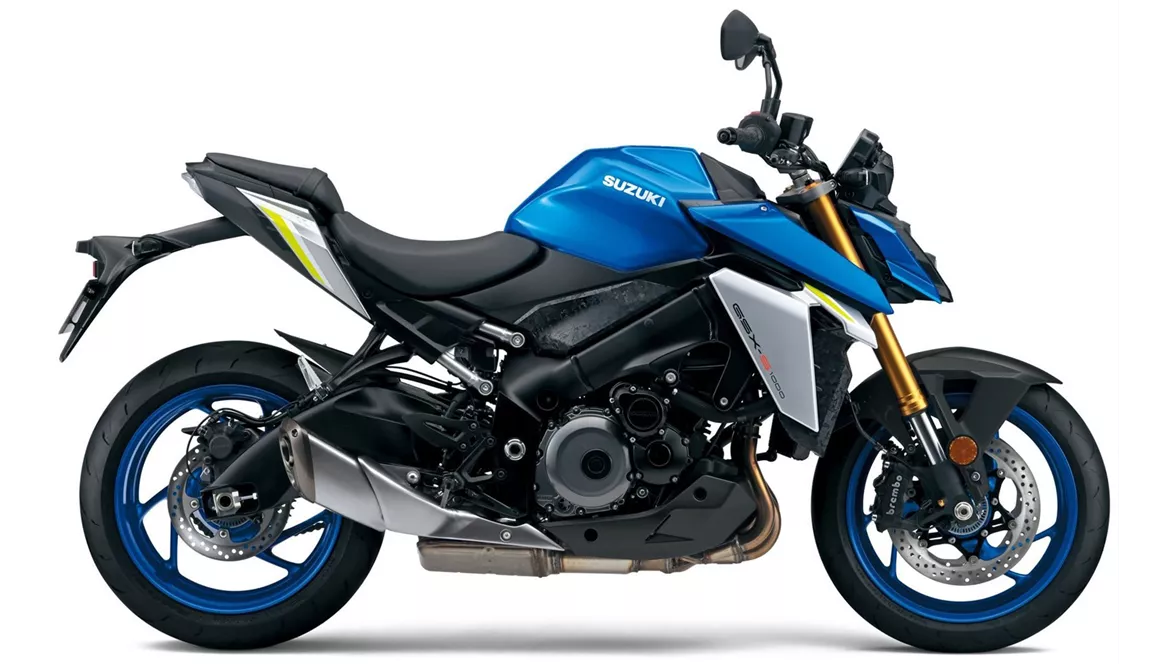
Suzuki GSX-S1000 2022
Overview - Indian FTR S 2021 vs Suzuki GSX-S1000 2022
The Indian FTR S 2021 and the Suzuki GSX-S1000 2022 are both naked bikes that offer powerful performance and stylish designs. However, there are several key differences between the two models.
In terms of engine performance, the Suzuki GSX-S1000 2022 takes the lead with its inline 4-cylinder engine that delivers 152 horsepower, compared to the Indian FTR S 2021's V2 engine with 123 horsepower. The Suzuki also has a higher torque of 106 Nm, while the Indian FTR S offers 120 Nm of torque. Both bikes have fuel injection systems and liquid cooling.
When it comes to suspension, both bikes feature upside-down telescopic forks at the front and swing arm suspension at the rear. The Indian FTR S 2021 offers more adjustability with compression, preload, and rebound adjustments for both the front and rear suspension, while the Suzuki GSX-S1000 2022 only has preload and rebound adjustments for the rear suspension.
In terms of chassis, the Suzuki GSX-S1000 2022 features an aluminum frame, while the Indian FTR S 2021 has a steel tubular frame. The choice of frame material can affect the weight and handling characteristics of the bike.
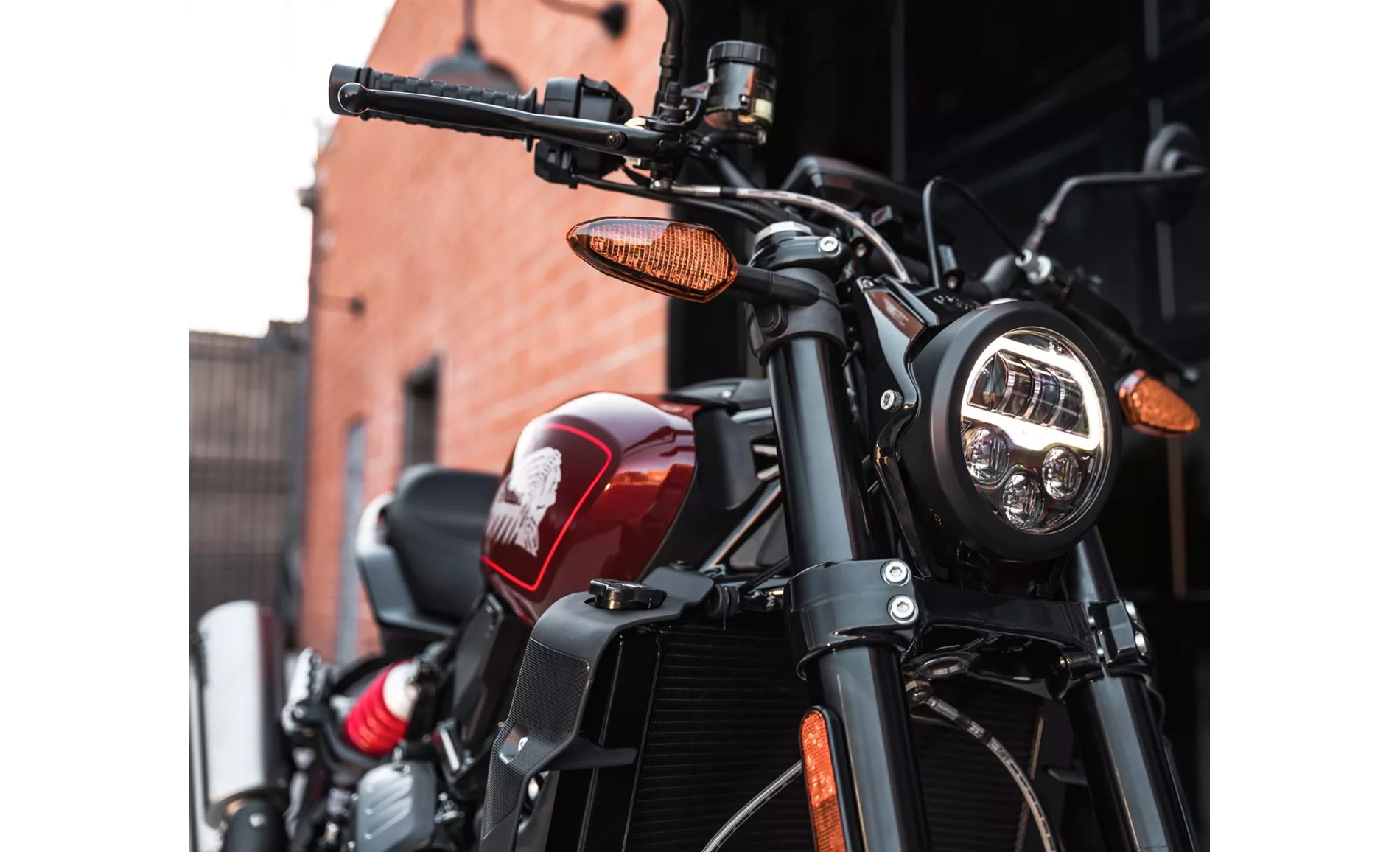
Indian FTR S 2021
Both bikes have double disc brakes at the front with four-piston calipers and radial monoblock technology. The Suzuki GSX-S1000 2022 has slightly smaller front brake discs with a diameter of 310 mm, compared to the Indian FTR S 2021's 320 mm discs. However, both bikes offer strong braking performance.
In terms of advanced rider assistance systems, both bikes come equipped with ABS, riding modes, and traction control. The Indian FTR S 2021 also offers ride-by-wire and anti-wheelie control, while the Suzuki GSX-S1000 2022 adds a shift assistant with a blipper. It's worth noting that the Suzuki lacks a 6-axis IMU and cornering ABS, which may be considered a weakness compared to the Indian FTR S.
In terms of dimensions and weights, the Suzuki GSX-S1000 2022 has a shorter wheelbase of 1460 mm, compared to the Indian FTR S 2021's 1524 mm. The seat height of the Suzuki is also lower at 810 mm, while the Indian FTR S offers a higher seat height of 840 mm. The Suzuki has a larger fuel tank capacity of 19 liters, compared to the Indian FTR S's 13 liters.
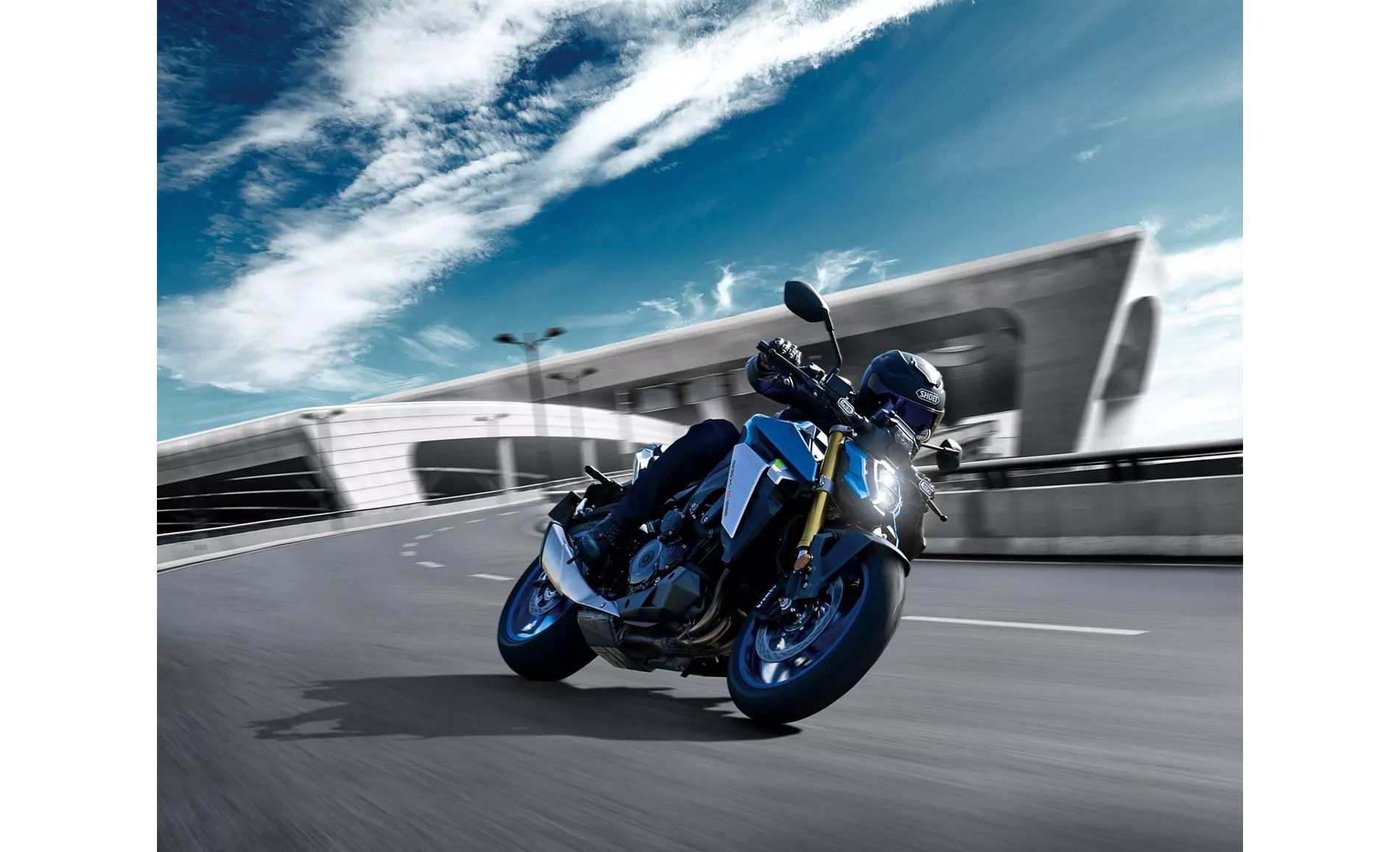
Suzuki GSX-S1000 2022
In terms of equipment, both bikes come with LED headlights. The Suzuki GSX-S1000 2022 also features LED daytime running lights, while the Indian FTR S 2021 offers an intuitive TFT touchscreen for easy operation.
In terms of strengths, the Indian FTR S 2021 is praised for its powerful V2 engine, unique overall package, beautiful appearance, intuitive touchscreen operation, comprehensive electronics package, and pleasant naked-bike ergonomics. On the other hand, the Suzuki GSX-S1000 2022 is commended for its superior engine, excellent shift assistant with a blipper, balanced handling, bold design, comfortable seating position, and competitive price.
In terms of weaknesses, the Indian FTR S 2021 lacks a quickshifter, has a lower tank capacity, and its V2 sound is considered rather restrained. The Suzuki GSX-S1000 2022, on the other hand, has a less comprehensive electronics package with no 6-axis IMU or cornering ABS, and its instrument display on the handlebars is somewhat antiquated and not particularly easy to read.
In conclusion, the Indian FTR S 2021 and the Suzuki GSX-S1000 2022 are both impressive naked bikes with their own strengths and weaknesses. The Indian FTR S offers a unique package with a powerful V2 engine and comprehensive electronics, while the Suzuki GSX-S1000 delivers a superior engine and competitive pricing. Ultimately, the choice between the two will depend on individual preferences and priorities.
Technical Specifications Indian FTR S 2021 compared to Suzuki GSX-S1000 2022
Pros and Cons in comparison
Pros and Cons in comparison
Indian FTR S 2021
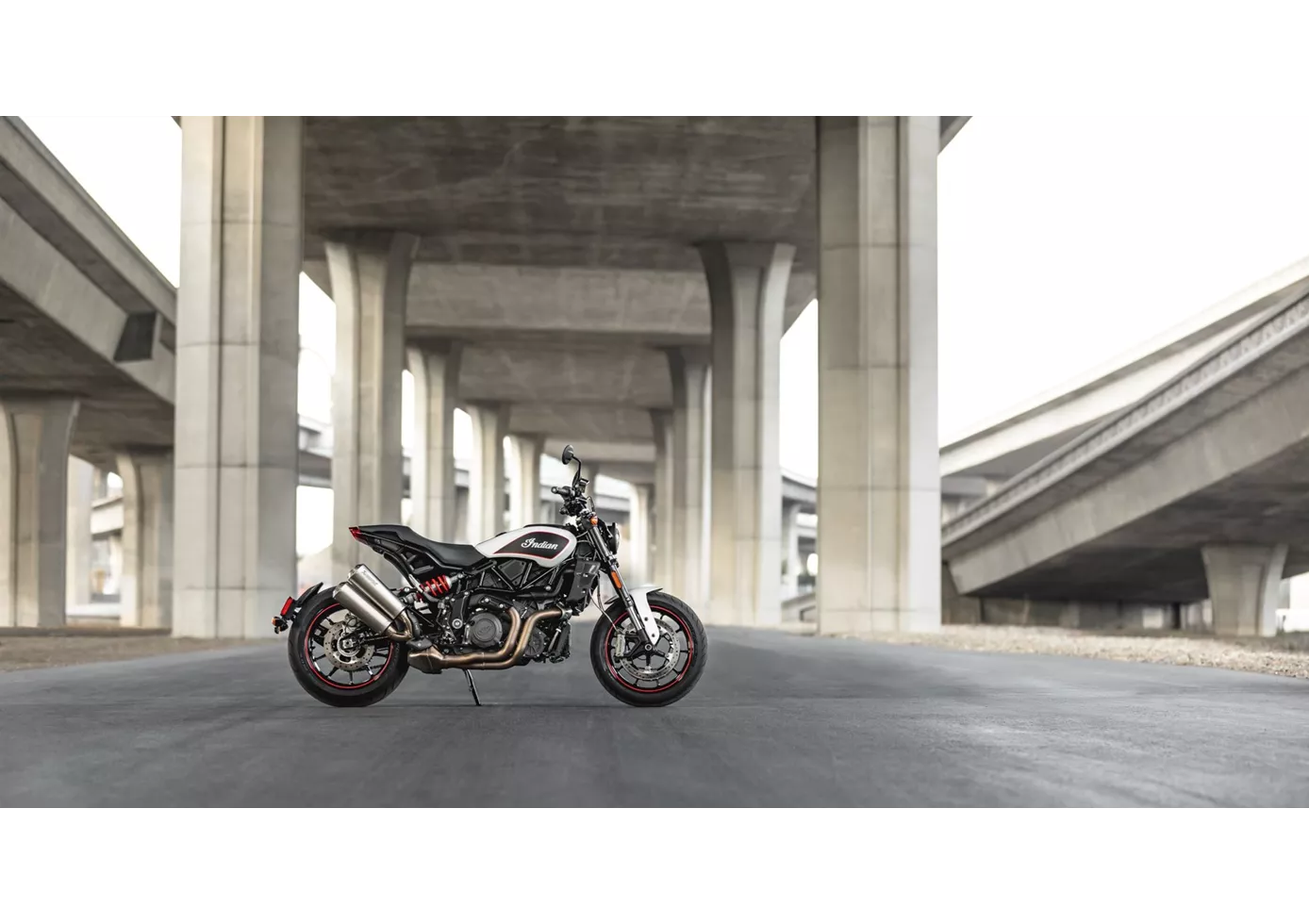
The Indian FTR S attracts attention neither through its sportiness, nor through its engine, nor through its flattracker look alone. Rather, it is the unique overall package that makes it stand out. A powerful, American V2 in a chic neo-retro flattrack design and naked bike ergonomics cannot be found anywhere else. So if you are a fan of this special combination, you almost have to go for the FTR and you won't regret it. Any weaknesses go hand in hand with the special features. Only a quickshifter and a little more tank capacity could have been added.
Suzuki GSX-S1000 2022
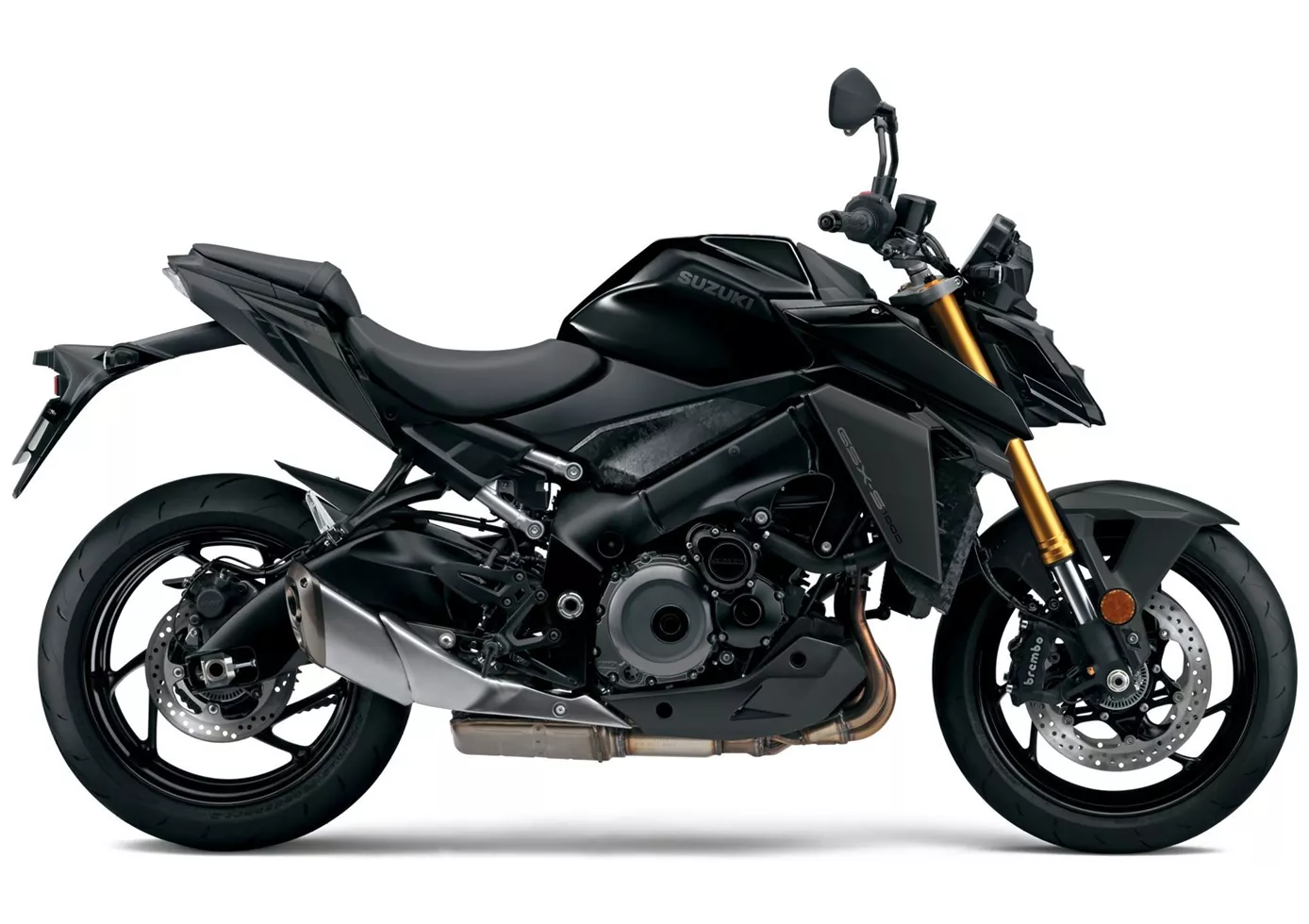
The new GSX-S1000 is an old acquaintance in terms of basic design - the engine and chassis are still from the predecessor. However, the machine has been modernised in many areas and presents itself at an extremely high level, especially visually. Although the engine cannot compete in the league of the super-potent Hyper Nakeds, it functions very harmoniously and powerfully enough. The conventional chassis also strikes a successful compromise between sportiness and comfort. The hammer arguments are definitely the successful design, the standard quickshifter with blipper and, last but not least, the comparatively low price.
Price Comparison Avarage Market Price Indian FTR S vs Suzuki GSX-S1000
There are a few key differences between a Indian FTR S 2021 and a Suzuki GSX-S1000 2022. Since model year 2021 1000PS.de editors have written 2 reviews for the Indian FTR S and 36 reviews for the Suzuki GSX-S1000 since model year 2015. The first review for the Indian FTR S was published on 5/1/2021 and now has more than 21,800 views. This compares to more than 17,100 views for the first review on Suzuki GSX-S1000 published on 9/27/2014.
